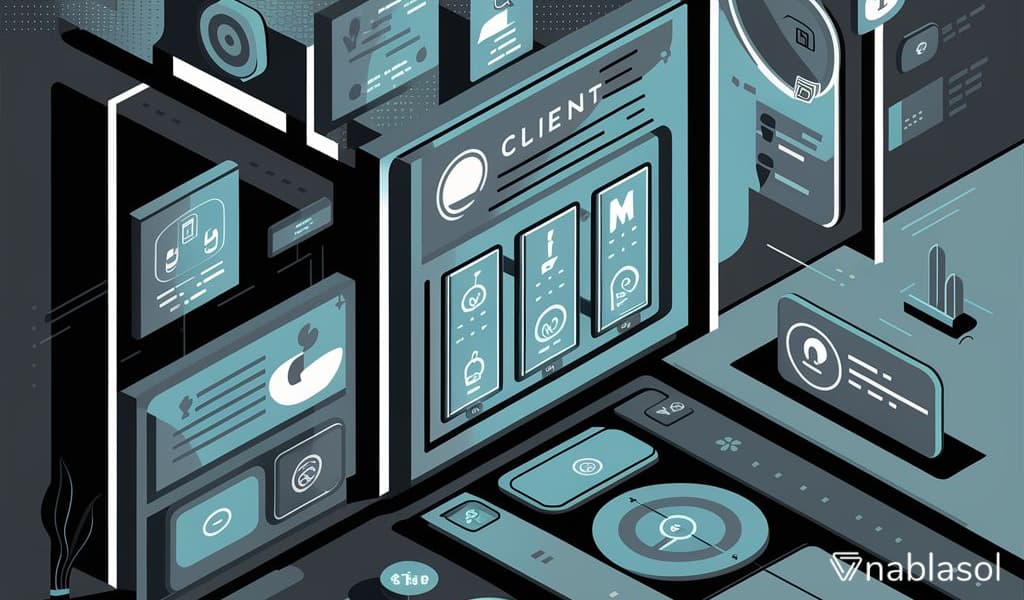Keeping yourself ahead of the game in the dynamic world of business requires not just following but also creating new trends. This is where the idea of a portal for client collaboration comes in handy. It’s a revolutionary tool that can completely change the way businesses engage with their partners, suppliers, and customers. It’s not just a catchphrase. Embracing Partnership: The Potential of Client Portals in Enterprise.
So, what exactly is a Client Portal?
An online platform that serves as a primary hub for communication and cooperation between a company and its clients is known as a client collaboration portal. It surpasses conventional communication techniques by offering a safe, interactive environment where users may collaborate in real-time, share documents, and obtain information.
The Benefits of Using Portals for Client Collaboration
Improved Communication: By offering a direct channel of communication, these portals help to avoid misunderstandings and guarantee that all parties are always in agreement.
Enhanced Efficiency: Collaboration portals save time and resources by simplifying procedures and minimizing the need for back-and-forth emails.
Increased Customer Satisfaction: Customers value the ease of use and openness these portals offer, which builds deeper, more reliable connections.
The Reasons Your Company Should Use Client Collaboration Portals
Adopting a client collaboration portal is about improving your company’s capacity for communication and teamwork, not merely staying current with technology. With capabilities like task management, document sharing, and real-time updates, these portals enable companies to offer an exceptional customer experience.
Essential Features of a Collaboration Portals
A clientcollaboration portal must have a few elements to be fully utilized:
Document management: Sharing, downloading, and uploading make document management simple.
Task management: It is an opportunity to delegate work and monitor advancement.
Communication tools: Video conferences and integrated messaging are examples of communication tools.
Access Control: Permissions that can be customized for various people.
Integration capabilities: It includes the ability to integrate various business systems with ease.
Optimal Guidelines for Developing Collaboration Portals
Creating a collaborative platform that works well demands planning:
User-Centric Design: Give special attention to developing an interface that is simple to use and intuitive.
Scalability: Make sure the gateway expands along with your company and customers.
Security: To safeguard sensitive data, put strong security measures in place.
Customization: Give room for customization to satisfy your clients’ particular requirements.
Constant Improvement: Update and enhance the portal frequently in response to user input.
Integrating a client collaboration portal into your business plan allows you to improve communication, streamline operations, and build stronger client connections. The emphasis on cooperation is evident, whether it is a partnership provider portal or a supplier collaboration site. It’s time to embrace the client contact management of the future and realize the complete potential of client collaboration tools and technologies. You are not only investing in technology; you are also investing in your company’s success and longevity.

Conclusion
Finally, for companies looking to improve client satisfaction, efficiency, and communication, implementing a client collaboration site is revolutionary. At Nablasol, we know how important it is to stay ahead of the curve in the digital era, and our experience developing cutting-edge collaboration solutions may make a big difference for your company. Adopting a collaborative portal is an investment in your company’s future as well as your customers’ pleasure, not just in technology. Together, we can fully realize the potential of client collaboration and boost your business to new heights.



